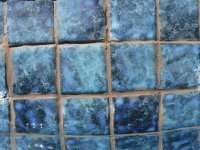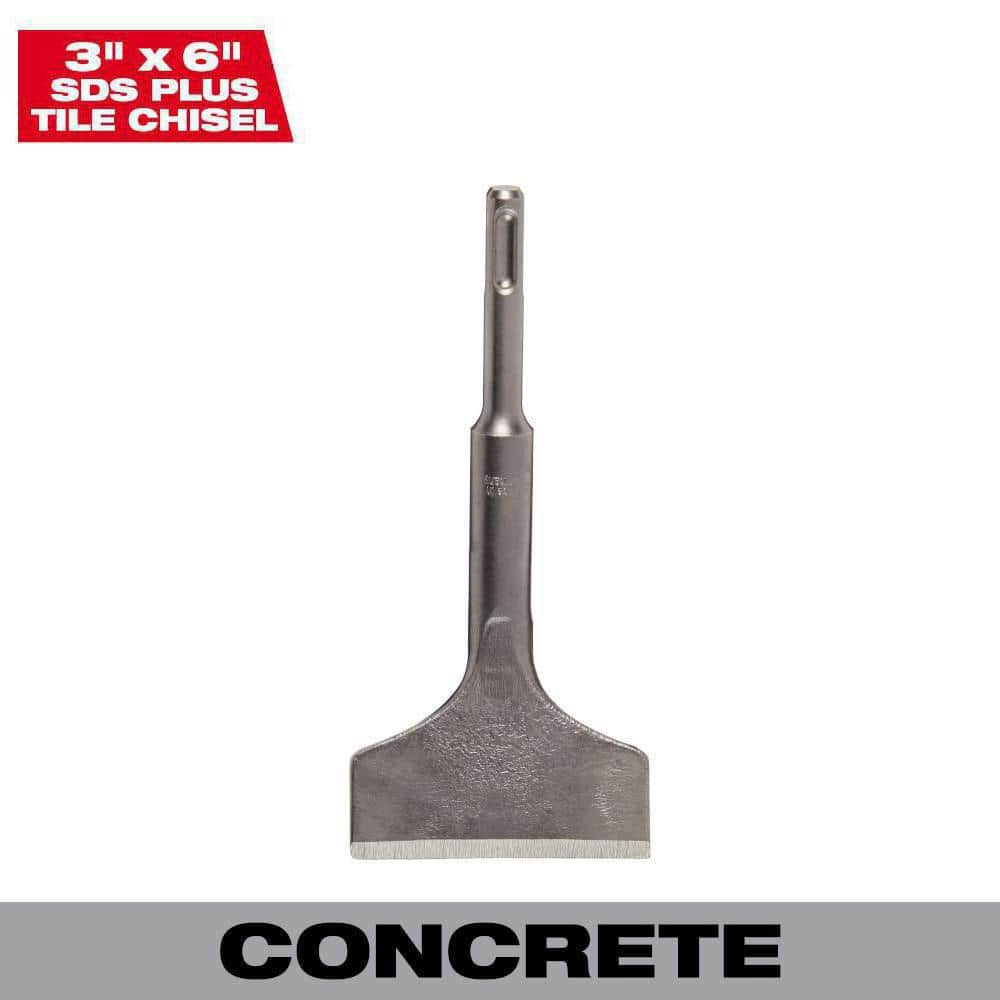- May 3, 2014
- 62,659
- Pool Size
- 6000
- Surface
- Fiberglass
- Chlorine
- Salt Water Generator
- SWG Type
- Pentair Intellichlor IC-40
We have a fiberglass pool, 10 years old, with waterline tile using cement-based grout. Pictures below.
The issue is that about 40% of the grout has failed. Some I have replaced over the last several years with silicone grout (Novagard) – the picture with the tan/brown grout below. I am contemplating several paths to replace/repair what we have.
The first path would be to remove it all. Replace the tile with new and regrout the entire thing with silicone grout. I am not sure I wish to tackle that and finding anyone locally I would trust to do that is not likely.
Second path is to remove all the existing grout, even that which not compromised, and replace with NovaFlex silicone grout. Some of the tiles are loose and will be reapplied using marine grade silicone adhesive. This would allow for the grout to match throughout but is more work.
The third path is to remove the comprised grout but leave that which is stable. Matching the grout color will not be perfect using the Novaflex, but it will reduce the volume of work significantly. I am of course leaning towards this path.
I am looking for advice on the viability of removing the grout. I plan to get an oscillating tool and use a grout blade to remove the grout. The small amount of existing silicone grout will be removed with a cutter, etc. Does anyone have experience removing grout with this method? The application of the silicone grout (Novaflex) I feel comfortable with. I will use scrub pads recommended by Novagard.
The pool will be fully drained for this project. It is time to do an iron removal (our Colorado River water has small amounts of iron and after 4 years of not draining it is showing on the walls) and the CH has climbed even with the use of an RV water softener for the fill water. We evaporate about 2.5 pool volumes a year so 4 years of not draining is astounding. Draining a fiberglass pool in our area is of no concern.
I will likely not use all 24 tubes of grout I have to buy (direct from manufacturer – not available retail anywhere I can find) so I will update this thread when done on what it looks like and how much I have left if anyone is interested.
Non Compromised Cement Grout

Compromised Cement Grout


Novagard Silicone Grout used for Repair several years ago

The issue is that about 40% of the grout has failed. Some I have replaced over the last several years with silicone grout (Novagard) – the picture with the tan/brown grout below. I am contemplating several paths to replace/repair what we have.
The first path would be to remove it all. Replace the tile with new and regrout the entire thing with silicone grout. I am not sure I wish to tackle that and finding anyone locally I would trust to do that is not likely.
Second path is to remove all the existing grout, even that which not compromised, and replace with NovaFlex silicone grout. Some of the tiles are loose and will be reapplied using marine grade silicone adhesive. This would allow for the grout to match throughout but is more work.
The third path is to remove the comprised grout but leave that which is stable. Matching the grout color will not be perfect using the Novaflex, but it will reduce the volume of work significantly. I am of course leaning towards this path.
I am looking for advice on the viability of removing the grout. I plan to get an oscillating tool and use a grout blade to remove the grout. The small amount of existing silicone grout will be removed with a cutter, etc. Does anyone have experience removing grout with this method? The application of the silicone grout (Novaflex) I feel comfortable with. I will use scrub pads recommended by Novagard.
The pool will be fully drained for this project. It is time to do an iron removal (our Colorado River water has small amounts of iron and after 4 years of not draining it is showing on the walls) and the CH has climbed even with the use of an RV water softener for the fill water. We evaporate about 2.5 pool volumes a year so 4 years of not draining is astounding. Draining a fiberglass pool in our area is of no concern.
I will likely not use all 24 tubes of grout I have to buy (direct from manufacturer – not available retail anywhere I can find) so I will update this thread when done on what it looks like and how much I have left if anyone is interested.
Non Compromised Cement Grout

Compromised Cement Grout


Novagard Silicone Grout used for Repair several years ago








